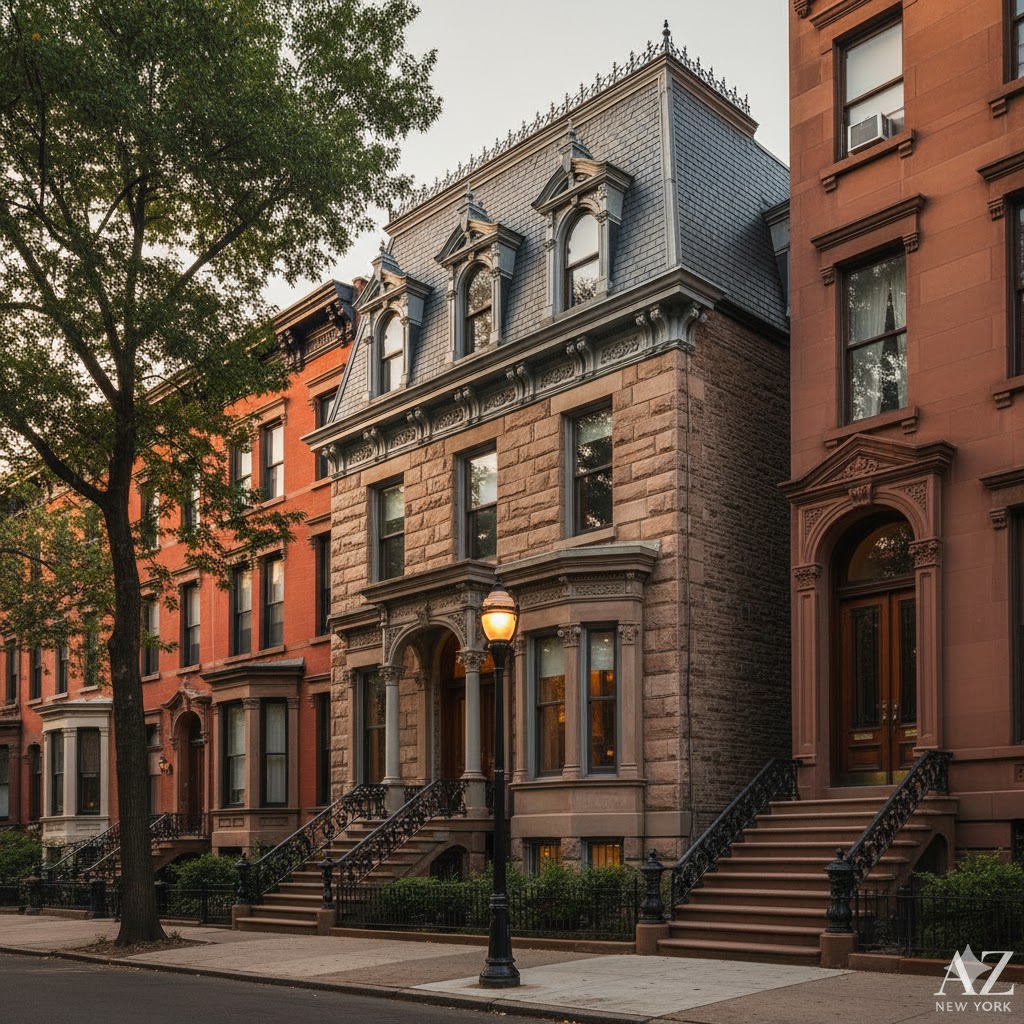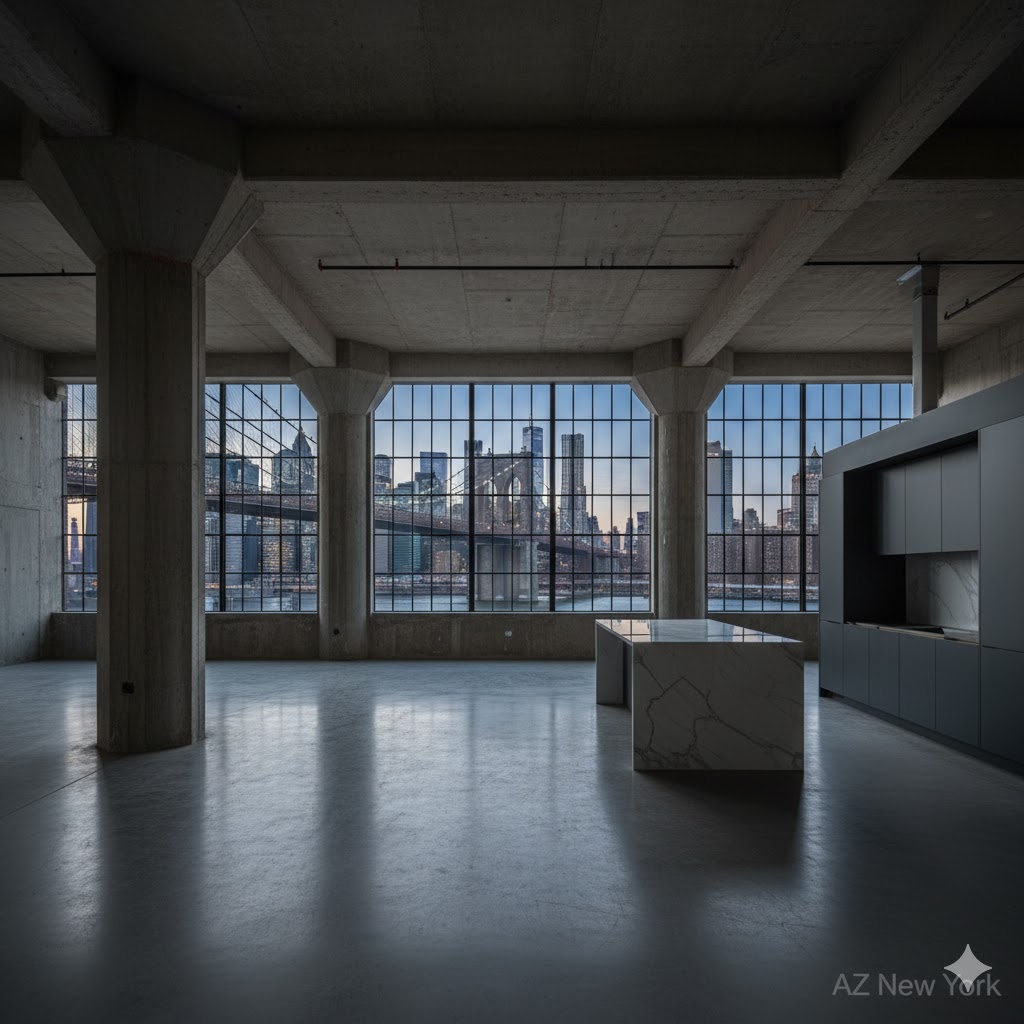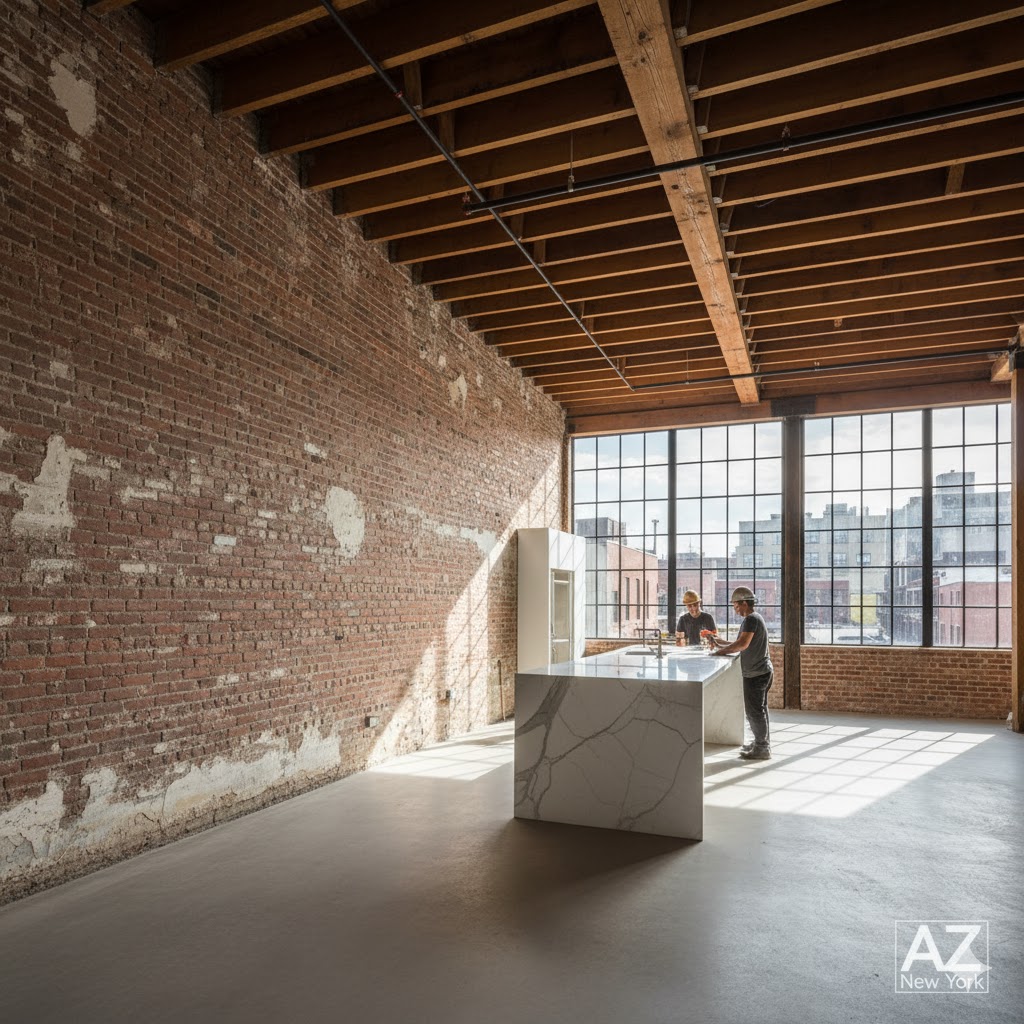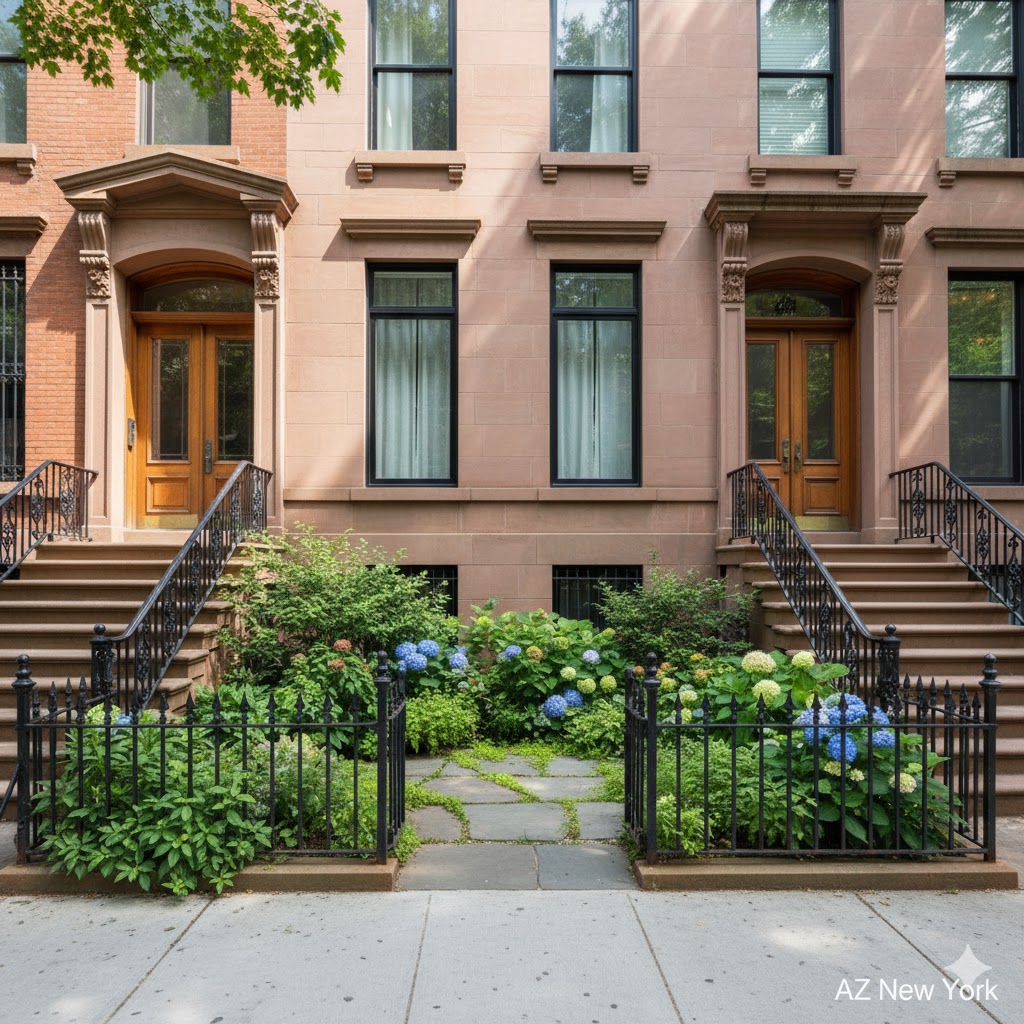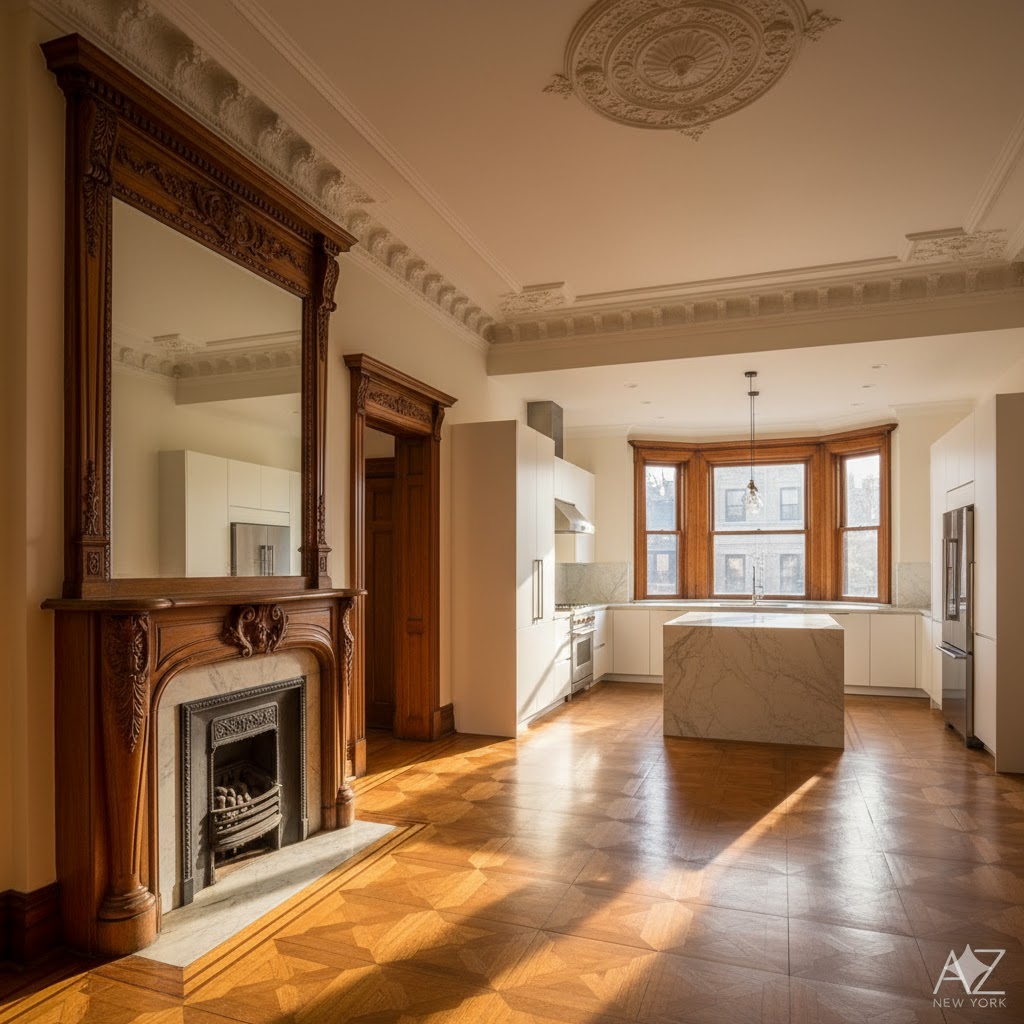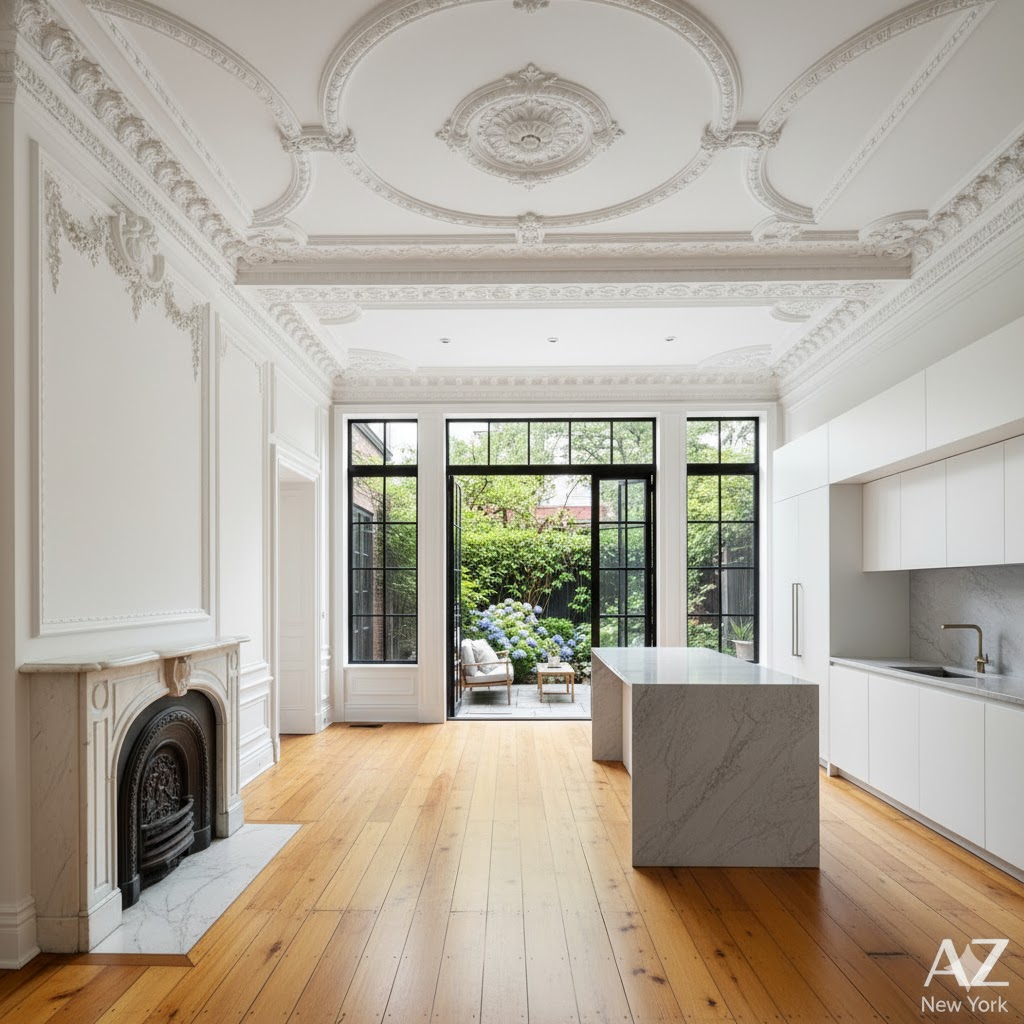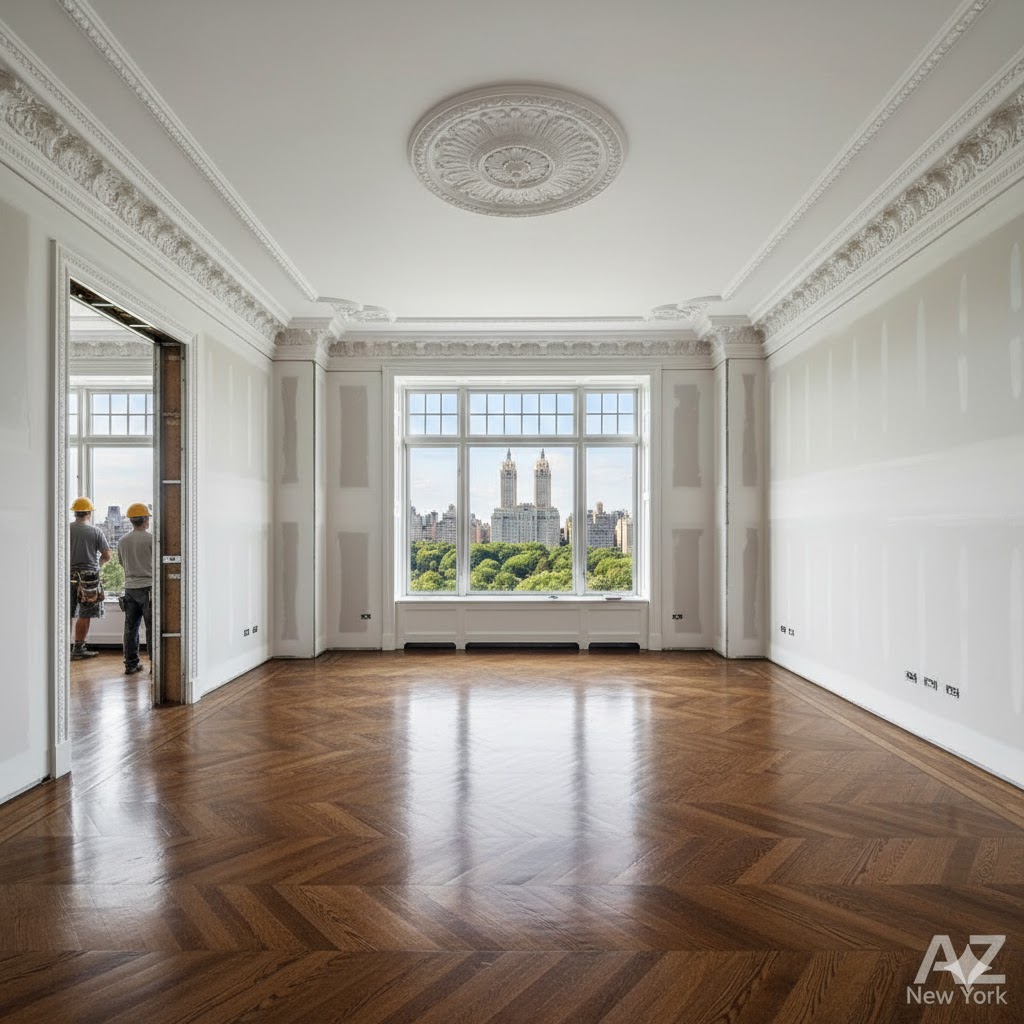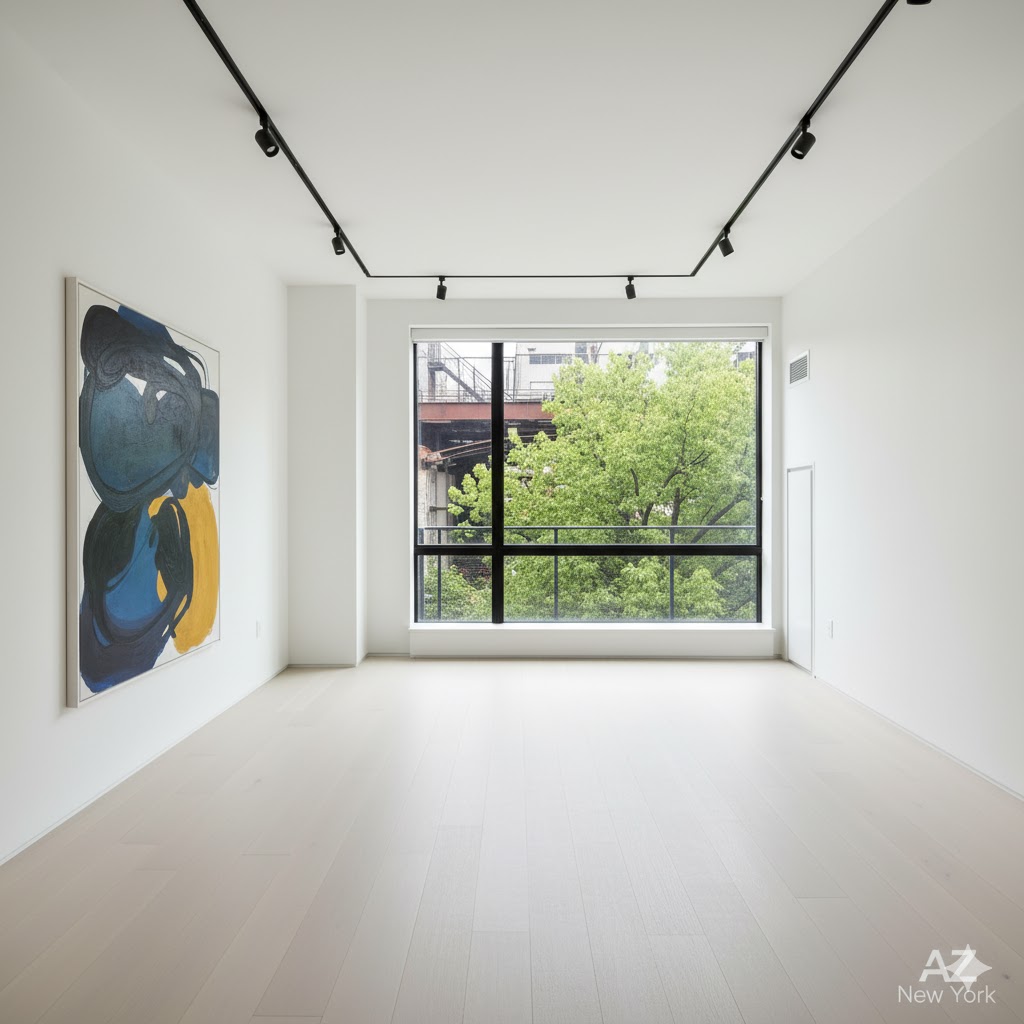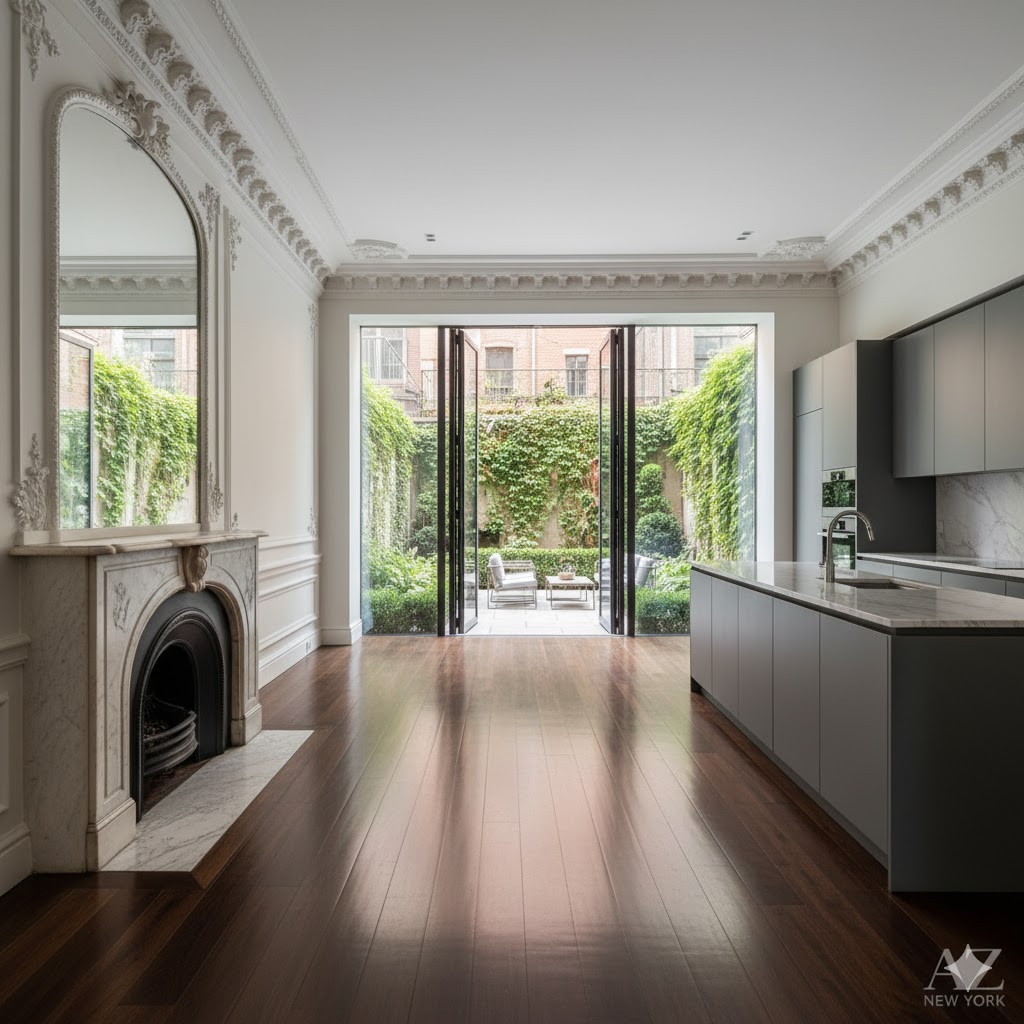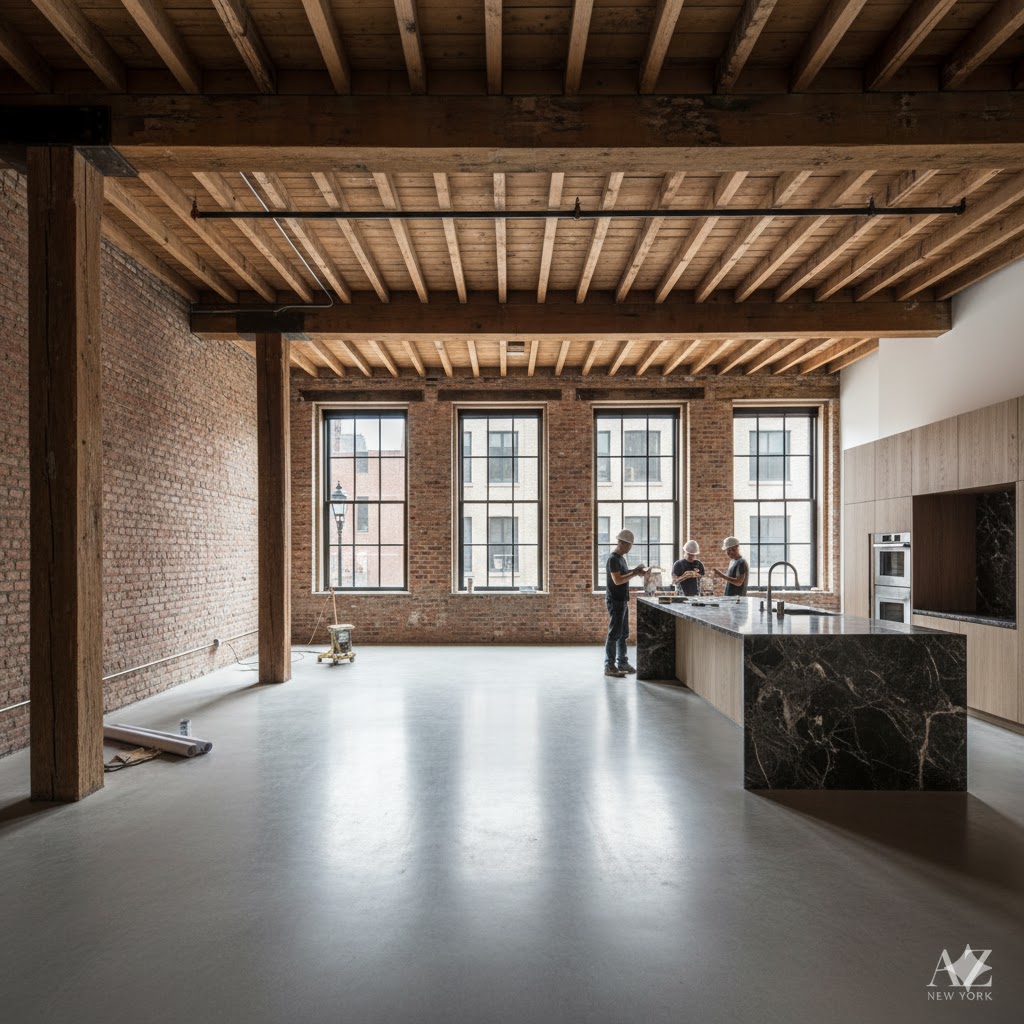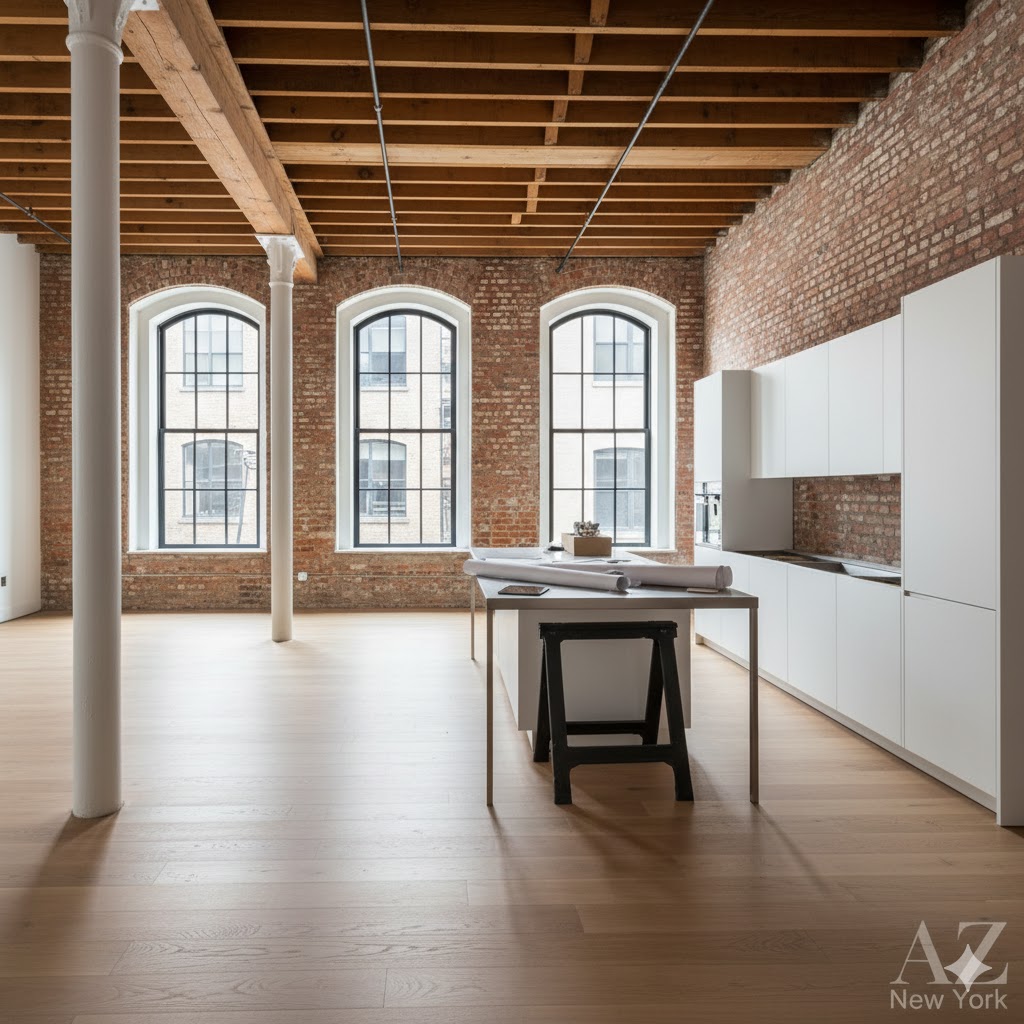Buying Old Townhouses in Cobble Hill, NYC
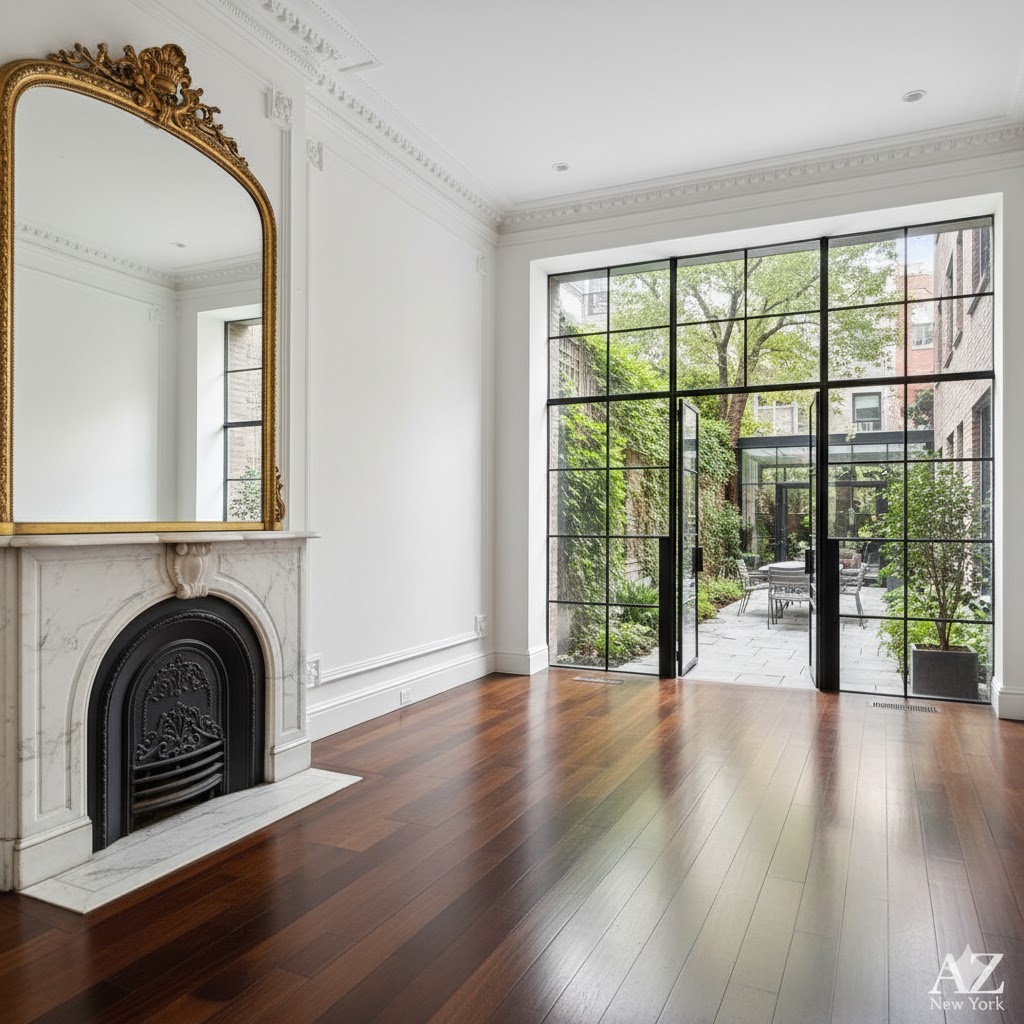
Buying Old Townhouses in Cobble Hill, NYC: A Guide to Renovating and Reselling for Profit
Cobble Hill, nestled in Brooklyn between Brooklyn Heights and Carroll Gardens, is a cherished neighborhood known for its tranquil, leafy streets, 19th-century brownstones, and a vibrant “village” life centered on Court Street.
Investing in historic townhouses for renovation and resale here is a classic “Brownstone Brooklyn” play. The strategy focuses on restoring historic grandeur for a HNW buyer who wants a deep private garden and a perfect blend of historic charm and modern, open-plan living.
🏙️ Why Invest in Cobble Hill?
Protected by the Cobble Hill Historic District, the neighborhood’s housing stock is almost exclusively pre-20th-century rowhouses. This creates extreme scarcity. Unlike the verticality of Manhattan, Cobble Hill’s appeal is in its “human-scale” streets and deep lots (often 100 ft. deep), which allow for stunning gardens and rear extensions.
The profit is in the “gut-plus-extension”—renovating the main house and often adding a modern, glass-walled rear extension (with LPC approval) that connects the parlor or garden level to the backyard.
🔍 Comparative Table: Cobble Hill Brownstone vs. Carroll Gardens Brownstone
| Feature | Cobble Hill Brownstone (for Renovation) | Carroll Gardens Brownstone (for Renovation) |
|---|---|---|
| The “Yard” | Has a “standard” small front yard, but a deep (50-60 ft) private backyard. | Famous for its deep “front gardens” (30-40 ft setbacks), with smaller backyards. |
| Acquisition Cost | Extremely High (e.g., $4.5M – $8M for unrenovated). | Very High (e.g., $4M – $7M), slightly less expensive than Cobble Hill. |
| Renovation Hurdle | Extreme. The Cobble Hill Historic District is very strict on facades and rear extensions. | Extreme. Also has a large, strict Historic District. |
| The “Vibe” & Buyer | “Village” feel. Closer to Manhattan, busier main streets (Court St). | “Front Porch” feel. A bit quieter, more residential, strong Italian-American roots. |
🔨 3 Case Studies: Successful Cobble Hill Flips
- The “Gut-plus-Extension” Flip: An investor bought a 4-story, 3,800 sq ft brownstone (configured as 3 units) for $4.8M. Action: A $2.8M, 2-year gut renovation. They converted it to a single-family home, added a 2-story glass-and-steel rear extension for a massive eat-in kitchen (garden level) and master suite (parlor level), all LPC-approved. Result: Sold for $10.5M. Net profit (pre-tax): ~$2.9M.
- The “Carriage House” Flip (Warren Place Mews): A developer secured a rare, tiny 1,000 sq ft worker’s cottage on the mews for $2.2M. Action: A $700k “jewel box” renovation. They exposed the original beams, dug down to get more ceiling height in the cellar, and used custom, high-end “yacht-style” built-ins. Result: Sold for $3.9M. Net profit: ~$1M.
- The 2-Family Conversion: A firm bought a 25-ft wide brownstone for $5.5M. Action: A $2.2M renovation to create a luxury “owner’s triplex” (parlor, garden, cellar) and a high-end 2-bed “rental duplex” on the top floors. Result: Sold for $9.5M. Net profit: ~$1.8M.
💡 Pro-Tips for Renovating in Cobble Hill
- Master the “Garden-to-Parlor” Connection: The prize is the backyard. The most successful renovations create a seamless indoor-outdoor flow, either with a grand “eat-in kitchen” on the garden level (with glass doors) or a parlor-level kitchen with a deck that leads down to the garden.
- Hire a Top-Tier LPC Architect: The Cobble Hill Historic District is famously tough. You cannot “fake” a window (they must be wood) or build a rear extension without a specialist architect who can successfully navigate the LPC’s public hearings.
- Restore the “Stoop”: The front “stoop” is the center of social life. A full restoration of the ironwork, handrails, and stone steps is a critical, high-impact expense.
- Dig Down, If Possible: Many of these homes have low-ceiling “cellars.” A major value-add is underpinning the foundation and digging down 2-3 feet (a $200k+ job) to create a legal, 8-9 ft ceiling “recreation room,” gym, or media room.
✨ Cobble Hill Real Estate: Did You Know?
Cobble Hill is home to one of the most unique streets in NYC: Warren Place Mews. Built in the late 1870s by philanthropist Alfred Tredway White, these two rows of tiny, Gothic-style cottages (around 1,000 sq ft each) face a private central garden. They were originally built as affordable “workingmen’s cottages” but are now some of the most exclusive and sought-after “hidden” homes in Brooklyn, commanding multi-million dollar prices.
❓ Frequently Asked questions (FAQ)
Q: What is the difference between Cobble Hill and Carroll Gardens?
A: They are very similar, but the main architectural difference is the “setback.” Carroll Gardens homes are set far back from the street with deep front yards. Cobble Hill homes are closer to the street (like Brooklyn Heights), which allows for deeper, more private backyards.
Q: Is it hard to get permits for a rear extension?
A: Yes. The LPC must approve any addition, even in the back. The general rule is that the extension should be “subordinate” to the original house (e.g., not as wide or as tall) and use high-quality, modern-but-respectful materials (like steel and glass).
Q: What is the biggest mistake investors make in Cobble Hill?
A: Underestimating the LPC timeline and “soft costs.” The renovation budget is one thing, but the 12-18 months of paying taxes and insurance while waiting for LPC and DOB permits (the “soft costs”) can eat up all the profit if not factored in from day one.
📍 GEO Context
- City: New York City
- Neighborhood: Cobble Hill
- Borough: Brooklyn
- Category: Luxury Real Estate Investments
For more on brownstone extensions and mews properties in Cobble Hill, visit AZ New York.
Brooklyn
Keywords for your next internet searches
Cobble Hill real estate, NYC brownstone renovation, fix and flip Brooklyn, 11201 zip code, Warren Place Mews, Court Street Brooklyn, Smith Street Brooklyn, Landmarks Preservation Commission, LPC, historic townhouse NYC,
rear extension brownstone, case studies real estate, AZ New York, Brooklyn luxury real estate, underpinning cellar, owner’s triplex, Cobble Hill vs Carroll Gardens, Alfred Tredway White, historic ironwork restoration, garden level kitchen, parlor floor kitchen, Brooklyn mews house, 2-family conversion, 25-ft wide brownstone

